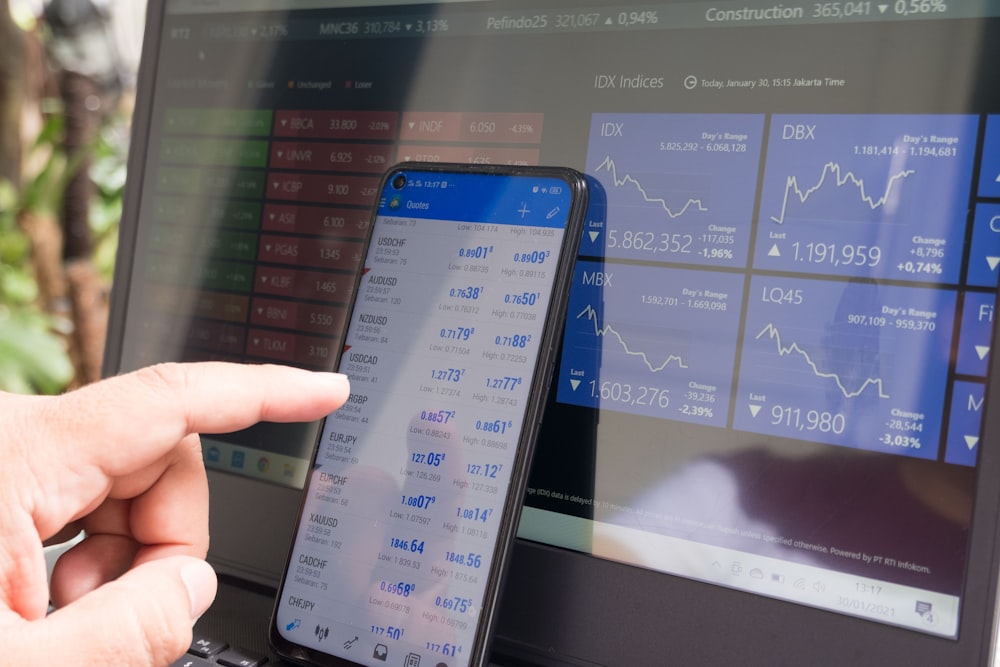
Many years ago, a very intelligent and experienced colleague made a classic mistake about annualization. We made a tweak to our trading model in the hope that this minor change would yield marginally better daily trading results. And on the first day, it worked even better than we’d hoped. I don’t remember the exact figures, so let’s say that we made an extra $10,000 on the first day. My colleague said, “this is amazing. If we make an extra $10k per day, that will be about $2.5 million per year.”I hated being “that guy”, but I reminded him that his new estimate was over-optimistic. We had no expectation that the daily improvement would be anywhere close to that profitable, and that if the change was indeed that meaningful, the rest of the market would adapt. Unfortunately, I was correct. The tweak was just that – a solid and necessary, but marginal improvement. Today, on the final day of 2024’s stellar first quarter, I reminded myself about that discussion about annualization. We’re in the midst of a synchronized, global rally in risk assets with many . For reference, here is a table with year-to-date performances for several key indicators:
Even “uninvestable” Mainland China managed to eke out a gain, though the far more accessible Hong Kong benchmark was one of the few sporting a loss. There are days when it feels like we’re never going down again. The mysterious 0.5% rally in SPX during the last half-hour of yesterday’s session certainly added to that sense. Heck, what’s not to like?
One can of course question whether any rate cuts, let alone three, or even desirable, but questioning that view would once again make me “that guy.”Thus we find ourselves in the quite enviable position of anticipating an expansionary monetary policy layered on top of an expanding economy. Again, what’s not to like? (The prospect of reigniting inflation, that’s what. But bringing up that idea would again make me “that guy.”Late last year, as rate cut hopes far outpaced the three that the FOMC acknowledged, how investors could reasonably anticipate both a soft landing AND six or seven rate cuts. As the weeks went on, rate cut hopes faded as it became clear that the economy was on solid footing, allowing companies to show solid profitability. That what was we hoped :
It is therefore quite difficult, if not impossible, to imagine that we can get double-digit earnings growth and mid-single-digit revenue growth without a decent, if not robust economy.While some of the revenue growth could be achieved if prices rise sufficiently, but that would of course imply that inflation is running above the Fed’s target, muting their ability and desire to cut rates.But if we assume that revenue growth roughly matches GDP growth plus inflation (a big, generalized assumption, to be fair), and inflation falls sufficiently to justify rate cuts, it implies GDP growth of about 2-3%.We’re not likely to get six or seven cuts if the economy grows at anything resembling that pace.
How then do we resolve this paradox? It will require data.
As it turned out, the data was good. And that is perhaps the best reason for stocks to rally.If given the choice between a solid economy or one that requires stimulation from rate cuts, I’ll take the former every time.But let’s get back to our original point about annualization. Here are the Q1 market results annualized for a full year at the same pace: Does that seem at all sustainable or reasonable?C’mon, be honest, bearing in mind the rallies that most of those markets experienced last year. Therein lies the problem. It sometimes feels like we’re going to continue to rally steadily and uninterrupted. But common sense tells us that seems impossible. It implies that we will have either a sideways market or even a bit of a correction.But why, and when? The 13 level of implies that the answer to “when” is “not anytime soon.” Let’s celebrate the end of a highly successful quarter for most investors. But in the spirit of Warren Buffett’s famous admonition, “be fearful when others are greedy,” it behooves us to consider the “why and when” questions raised above.But in the meantime, feel free to dream about annualizing this quarter’s amazing performance.More By This Author:Meme Stocks: The SequelWhy Do We Need Rate Cuts?Don’t Sleep On Global Stocks
Does that seem at all sustainable or reasonable?C’mon, be honest, bearing in mind the rallies that most of those markets experienced last year. Therein lies the problem. It sometimes feels like we’re going to continue to rally steadily and uninterrupted. But common sense tells us that seems impossible. It implies that we will have either a sideways market or even a bit of a correction.But why, and when? The 13 level of implies that the answer to “when” is “not anytime soon.” Let’s celebrate the end of a highly successful quarter for most investors. But in the spirit of Warren Buffett’s famous admonition, “be fearful when others are greedy,” it behooves us to consider the “why and when” questions raised above.But in the meantime, feel free to dream about annualizing this quarter’s amazing performance.More By This Author:Meme Stocks: The SequelWhy Do We Need Rate Cuts?Don’t Sleep On Global Stocks

